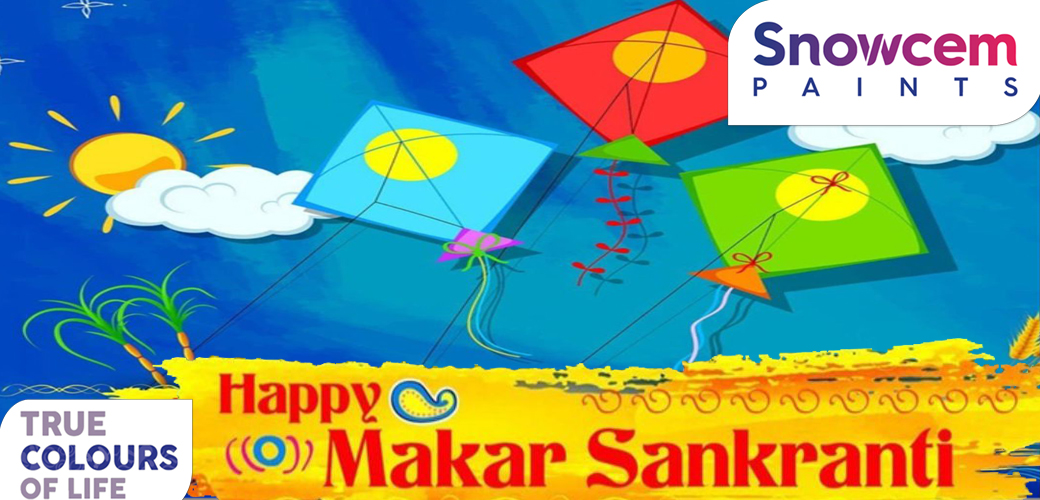
Makar Sankranti refers both to a specific solar day in the Hindu calendar and a Hindu festival in reference to deity Surya (sun) that is observed in January every year. It marks the first day of sun’s transit into the Makara (Capricorn), marking the end of the month with the winter solstice and the start of longer days.
Makar Sankranti is one of the few ancient Hindu festivals that have been observed according to solar cycles, while most festivals are set by the lunar cycle of the lunisolar Hindu calendar. Being a festival that celebrates the solar cycle, it is a very colourful and bright festival. Everyone dresses up in gorgeous ethnic clothing, elders make special desserts, kids run around with their kites, fighting about who is capable of flying it the highest.
Makar Sankranti is observed with social festivities such as colorful decorations, rural children going house to house, singing and asking for treats, melas (fairs), dances, kite flying, bonfires and feasts. Many go to sacred rivers or lakes and bathe with thanksgiving to the sun. Every twelve years, the Hindus observe Makar Sankranti with one of the world’s largest mass pilgrimage, with an estimated 40 to 100 million people attending the event. At this event, they say a prayer to the sun and bathe at the Prayaga confluence of the River Ganga and River Yamuna at the Kumbh Mela, a tradition attributed to Adi Shankara.
In Maharashtra on Makar Sankranti day people exchange multicoloured halwa and til-gul laadoo (sweetmeats made from sesame seeds and jaggery). Puran poli (a kind of a sweet bread) and some gram flour, which has been toasted to golden in pure ghee, are offered for lunch. While exchanging til-gul as tokens of goodwill people greet each other with the words “til-gul ghyaa, aani goad-goad bolaa” meaning ‘Accept this til-gul (sweet) and utter sweet words’. The underlying thought in the exchange of til-gul is to forget the past ill feelings and hostilities and resolve to speak sweetly and remain friends.
Makar Sankranti is all about prayers, sweets, and kites. Festival of Makar Sankranti is celebrated with great zest in all parts of India. On the day of Makar Sankranti, The sun starts its journey to the Northern Hemisphere. Speaking from astrological perspective, the sun enters Makar rashi (Capricorn, the sunsign). Devotees take dips in the holy water and offer prayers to the sun.
Makar Sankranti is a blissful festival celebrated by Hindus. All enthusiasts step out of their houses and enjoy flying kites. Colourful kites fill the sky on the auspicious day of Sankranti. The significance of Makar Sankranti is greater in Maharashtra. People send greeting cards to their friends and relatives. Offering prayers to various deities starts today. People visit temples to bow their heads in front of supreme power.

